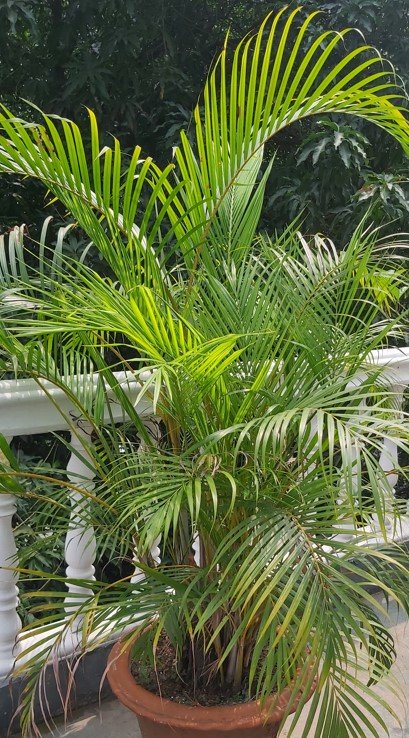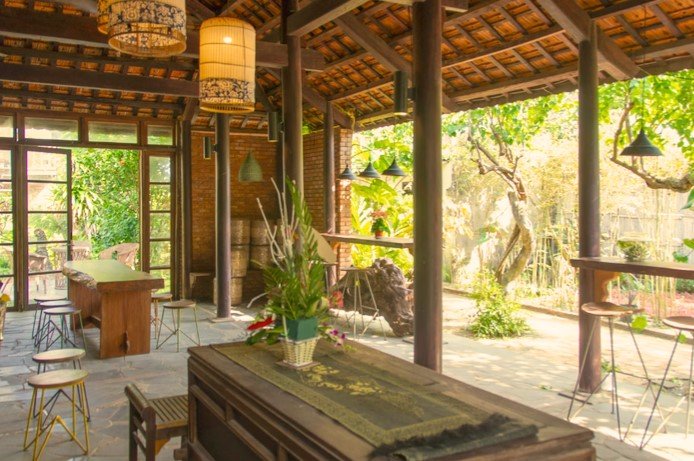Best 3 Types of Palm Plants to Grow Indoors
Maybe that is the reason why as people’s mind automatically connect with the tropics so do the indoor palm plants, creating such feelings of paradise like it would be no other houseplant. “Inside”, if you can provide the proper environment, palm is a good plant, so the identification of indoor palms is very important for the variety growth of this plant.
Several kinds of the indoor palm trees, for instance, the areca palm and parlor palm, can be perfectly adapted to the household environments. As for other variants, these are some of the main considerations before you go for an indoor palm plant.

How to take care of the indoor Palm
The indoor palm plant care is the same as the other tropical houseplants. Most types of indoor palm trees like the same conditions we find comfortable: warm, average humidity, and slight daylight. The respondents claimed that some moderate indoor palms can even stand the cold of a low light, yet this results in their weaker growth.
Palms usually grow slowly and just need a little clearing of the dead or broken fronds to remove them. Adequately replenish the nutrients lost through harvests by utilizing a first rate palm fertilizer to ensure lush growth. Checkup houseplant insects frequently and don’t leave undetected trouble makers like spider mites and scales.
Here are 3 of the simplest palms to grow indoors and make your home a bistro, a tropical place.
Chinese Fan Palm (Livistona chinensis)
The “monkey ears” leave of Chinese fan palm (Livistona chinensis) depicts it as different from others for its feathery fronds.
The plant’s slow growth notwithstanding, its mature height can be 15 feet or higher.
The Chinese fan palms that grow under the lobby of our residence hall do so in light conditions favored as long as young plants can live in shadier places. Go for a big container that will be able to fit the plant’s long taproot.
Water when upon disconnecting the hose from the top of the soil, and feed this palm once in the spring with a slow-release fertilizer.
Light: Bright, indirect light.
Water: Moderately moist soil
Color Varieties: Emerald green foliage
Areca Palm (Dypsis lutescens)
Moreover, which is also called the bamboo palm, is the areca palm (Dypsis lutescens) one of the easiest palms to grow indoors because of its tolerance to low light.
It does produce huge, feathery green leaves with an elegant wave to them.
The areca has to be in that slightly moist environment as it is tolerant of both dry and wet climates although it is adaptable. Put it in in a fertile soil, and give it a monthly fertilizer application to keep it green all the time.
Light: Sun or its best in bright, indirect light
Water: Moderately moist soil
Color Varieties: Yellow-green stems and light green leaves
Cascade Palm (Chamaedorea cataractarum)
Different from chamaedorea cataractarum which is all the way up to towering six feet, chamaedorea cataractarum which creates clumps of fronds is all clustered at the central trunk.
You will be able to distinguish between adult specimens and group them, then propagate them into new plants.
In its habitat, the cascade palm ,especially tall, is ideal around streams and in wet lowlands as such it should be watered on a regular basis.
What’s great for the cascade palm lovers is that these undersized plants can survive under even the partial amount of light.
Light: Bright, avoid direct sunlight
Water: Consistently moist soil
Color Varieties: Dark green leaves










